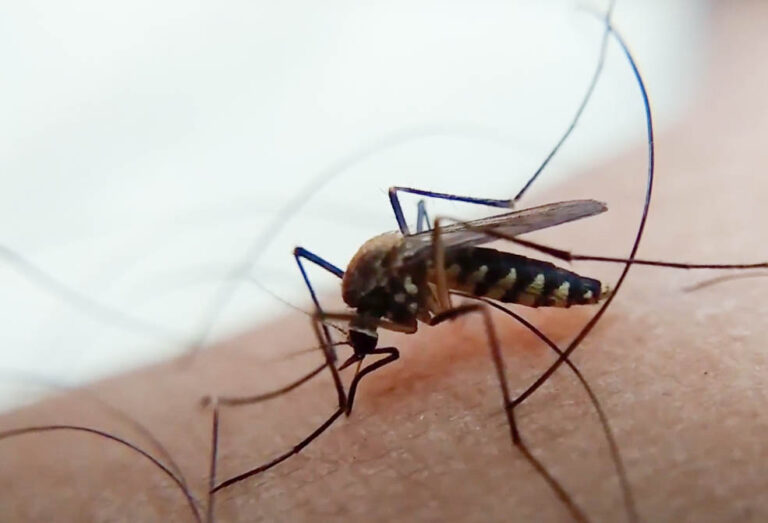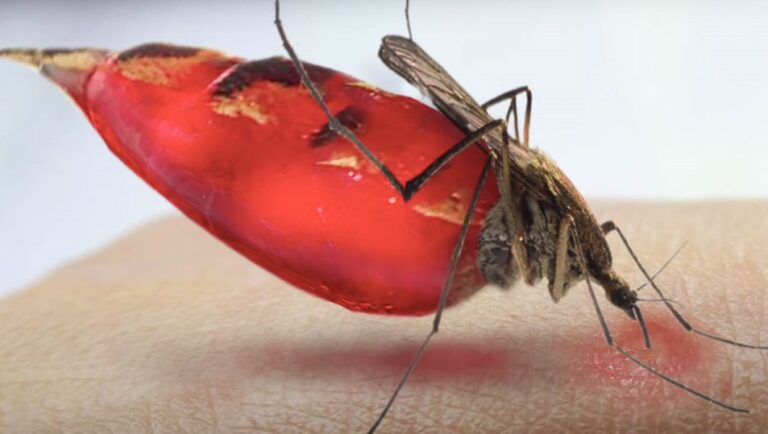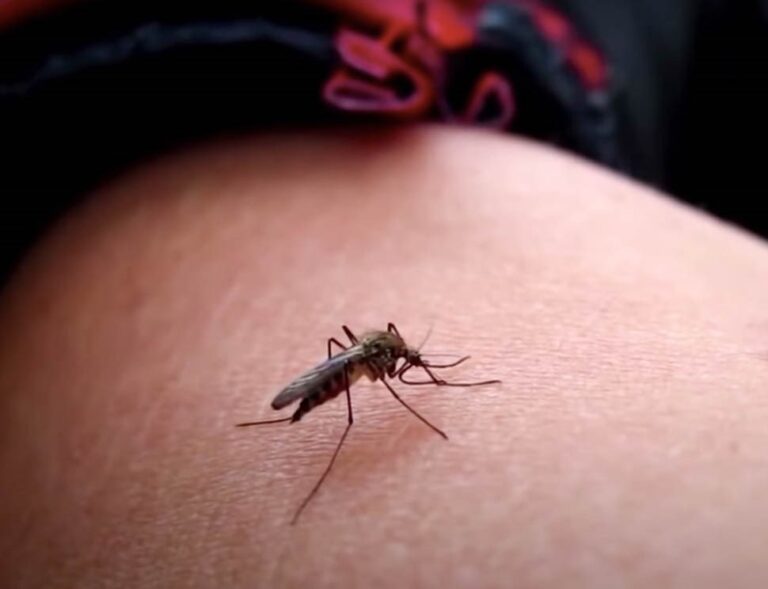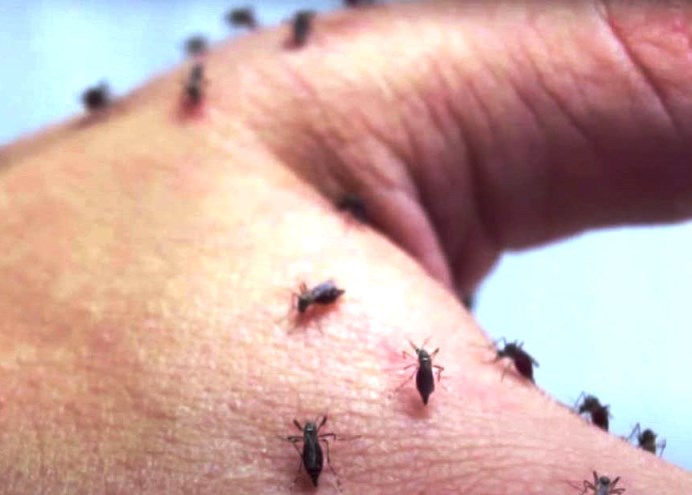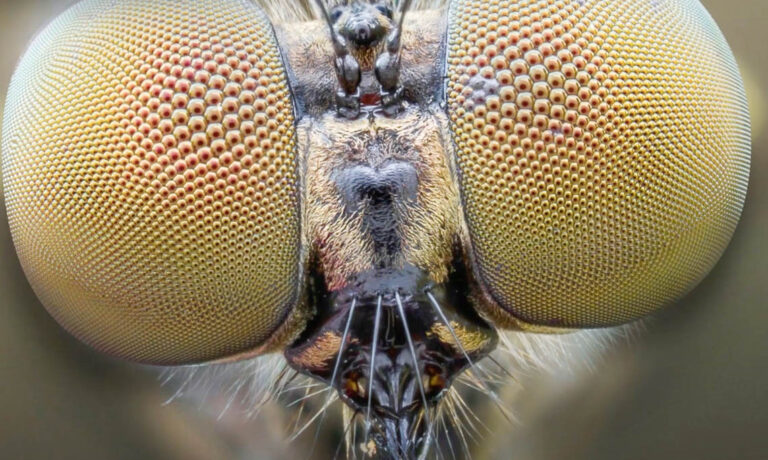What diseases do mosquitoes spread?
What diseases do mosquitoes spread?
The World Health Organization (WHO) considers mosquitoes as some of the deadliest insects globally because of the diseases they spread. According to WHO, malaria, one of the key diseases spread by mosquitoes caused over 400,000 deaths in 2015 alone. Similar numbers were recorded in 2018.
Mosquitoes feed on plant material, which are sources of sugar, and take blood meals from vertebrates. While the male could rely solely on plant material as their sources of food, the female needs blood meals to be able to produce mature eggs.
They prefer to take blood meals from humans and other mammals instead of reptiles and fish. This is why they maintain close relationships with humans to get continued access to their source of food. Some mosquito species have particularly adapted to living in urban environments. As mosquitoes take blood meals, they spread diseases.
Typically, they pick up the organisms that cause diseases when they take blood meals from infected hosts. They then pass the organisms to uninfected hosts when they take blood meals from them. Mosquitoes are attracted to their hosts by factors such as the production of carbon dioxide and body odors. Heat production also attracts mosquitoes to their hosts. Some species are nocturnal and bite mostly at night. Other species bite at dusk and dawn. Some mosquitoes are also day biters.
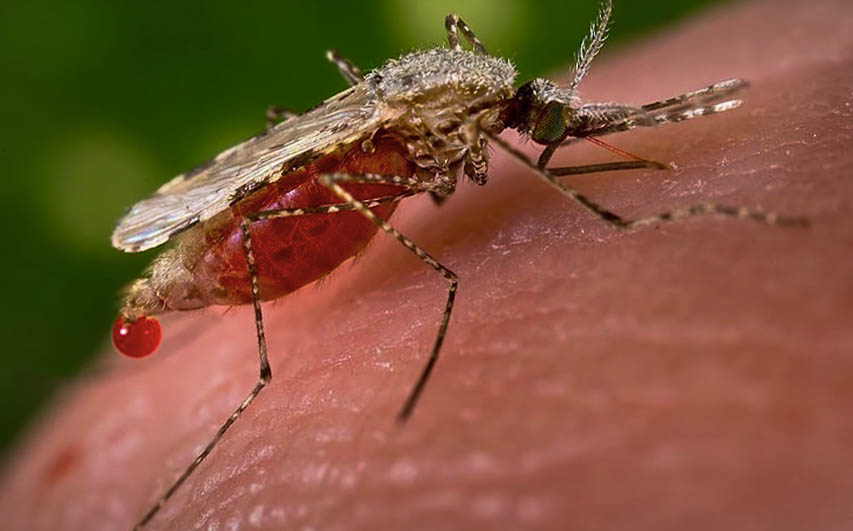
Mosquitoes spread deadly diseases by acting as vectors. The genera of mosquitoes specifically known for the diseases they spread are the Aedes, the Culex, and the Anopheles mosquitoes. In this article, we highlight some of the deadliest diseases spread by mosquitoes.
Malaria
The female Anopheles mosquito is responsible for the spread of malaria. Malaria is a disease caused by the parasite, Plasmodium. Five species of Plasmodium cause malaria in humans. Of these species, Plasmodium vivax and Plasmodium falciparum cause a bulk of the diseases.
Humans get infected with malaria when they are bitten by carrier mosquitoes. There are about 300 species of female Anopheles mosquito. About 30 of them are responsible for the spread of malaria. Although the activity pattern varies according to the species of the mosquitoes, it has been established that those that spread malaria are most active in the period between dawn and dusk.
Female Anopheles mosquitoes need a blood meal to produce eggs and love to bite humans. As they bite an infected person, they pick up the parasite. The parasite develops fully inside the mosquito. The fully developed parasite is then injected into an uninfected host when taking blood meals from them.
The lifespan of mosquitoes and the preference for biting humans influences the burden of malaria significantly. In areas where female Anopheles mosquitoes have a longer lifespan, the parasite is able to develop fully and is transferred to a new host before the mosquito dies. This is the case in Africa where malaria poses a serious burden.
The transmission of malaria is also influenced by factors such as rainfall, temperature, and humidity. The peak transmission period is usually just after seasons and periods of heavy rainfall.
Infected persons typically display symptoms 10 to 15 days after the mosquito bite. The symptoms of malaria include chills, fever, and headache. These common symptoms could be easily missed. The symptoms could become complicated if they are not managed as soon as possible. Malaria can be fatal.
Chikungunya
The Chikungunya virus is spread by the Aedes mosquito. The virus belongs to the genus, Alphavirus. Aedes aegypti is particularly responsible for the spread of the virus. The virus is spread through bites of the mosquitoes to humans. After an infection is established, symptoms such as joint pain, rash, and fever manifest. The joint pain can persist for weeks. Originating from tropical Africa, the Chikungunya virus has been spread to over 60 countries. The virus spread to the Americas in 2013. Cases of the diseases have been established in Asia, Africa, Europe, North America, and South America. In 2016, the US recorded over 1.6 million suspected cases of Chikungunya virus infection.

Persons traveling to areas where the local population of mosquitoes is carriers of the virus are particularly susceptible to infections. The disease is rarely fatal.
Dengue fever
Dengue fever is caused by the Dengue virus, which is spread by the Aedes mosquito. Just like the Chikungunya virus, the dengue virus is spread by Aedes aegypti. Dengue virus can cause a mild disease. It can also cause a serious hemorrhagic disease that can be fatal.
The symptoms of dengue virus include joint pain, high fever, rash, and headache. Cases of dengue fever have been established in more than 100 countries.
About 25,000 deaths from dengue fever are recorded yearly. The cases of infections yearly range from 50 to 100 million. Many more cases of dengue fever have been recorded in the tropics than in other regions. It is a leading cause of death in the topics. Dengue fever is one of the commonest vector-borne viral diseases in the world. Dengue virus belongs to the flavivirus genus.
In the last few decades, more cases of dengue fever have been established in areas where no infections have been previously established.
Yellow fever
Yellow fever is caused by a flavivirus, yellow fever virus, and spread by Aedes mosquitoes, specifically the Aedes aegypti. Yellow fever is endemic in countries of Africa as well as south and central America.
Infections of the yellow fever virus could be symptomless. The fever could also manifest with mild symptoms such as fever, nausea, headache, and muscle pain. A more severe form of the disease could also occur. The symptoms of the severe form of yellow fever include jaundice and bleeding from the eyes, nose, and mouth.
It is noteworthy that there are vaccines for yellow fever. Vaccinations are thus applied as a public health measure for managing yellow fever, with countries maintaining supplies required to contain an outbreak when necessary. Persons traveling to and from endemic areas of yellow fever are required to take the vaccine.
West Nile fever
West Nile fever is caused by a flavivirus, the West Nile virus. The West Nile virus originated from the West Nile district of Uganda, with established infections across Europe, Africa, Asia, and the Americas.
Culex mosquitoes are responsible for the spread of the West Nile virus. Birds are reservoirs of the West Nile virus. The virus has fatal consequences in humans as well as birds. Birds are the natural reservoir of the West Nile virus. They could carry the virus without any symptoms or effects. Horses can also be infected by the West Nile virus. However, horses do not spread the disease. The female Culex mosquito bites infected birds and picks up the virus, then transfers it to other birds and humans. The virus develops from the bloodstream to the salivary gland from where it is passed to a new host.
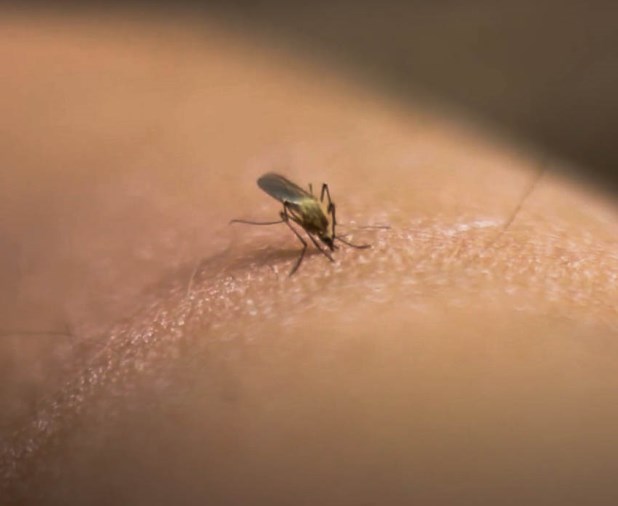
Infections of the virus could be symptomless, with the infected persons displaying no symptoms. The infection could also lead to a mild West Nile fever. The symptoms of this disease are nausea, fever, and aches. West Nile encephalitis, a more serious disease, could also result from a West Nile virus infection. Symptoms of West Nile encephalitis include paralysis, convulsion, pain, and stiffness. West Nile encephalitis could be fatal.
LaCrosse encephalitis
LaCrosse encephalitis is spread by mosquitoes that are most active during the day. They are also more active during spring and early fall, with their habitats in wooded areas. The disease could be symptomless. The disease could also manifest with mild symptoms like fever and headaches. LaCrosse encephalitis could be a severe disease, resulting in fatalities.
Zika virus
Zika virus is a flavivirus that is spread by Aedes mosquitoes, particularly Aedes aegypti. The virus is one of the more recently discovered ones, with symptoms ranging from mild symptoms to neurological consequences. The virus became notable in 2015 when an outbreak occurred in Brazil. The outbreak spread throughout Latin America and caused serious illness at the time.
The mild symptoms of Zika virus include joint pain, fever, and rash. Zika virus can also be asymptomatic. For pregnant women, the consequences of Zika virus infection include neurological damage to fetuses. Microcephaly, a condition where the head is much smaller than the rest of the body, is a neurological condition associated with Zika virus infection. Microcephaly from the Zika virus could be mild or severe. It could also be fatal.
Zika virus infections have been established in Southeast Asia as well as central and south America.
Rift Valley Fever
Rift Valley fever which is caused by the Rift Valley virus was first discovered in Kenya, in an area from which it got its name. The virus is common in tropical Africa where it is spread to humans and animals by infected mosquitoes.
Infections have also been established in Yemen and Saudi Arabia. The disease manifests with symptoms such as dizziness and weakness. Rift Valley fever also causes damage to the eyes.
The control and prevention of mosquito infestations through different measures is important for preventing the numerous diseases which they carry. Public health measures, such as vaccination, are also important for the prevention and control of the diseases mosquitoes carry. Mosquitoes are able to spread numerous diseases because they feed on blood and support the growth of the causative organisms.

